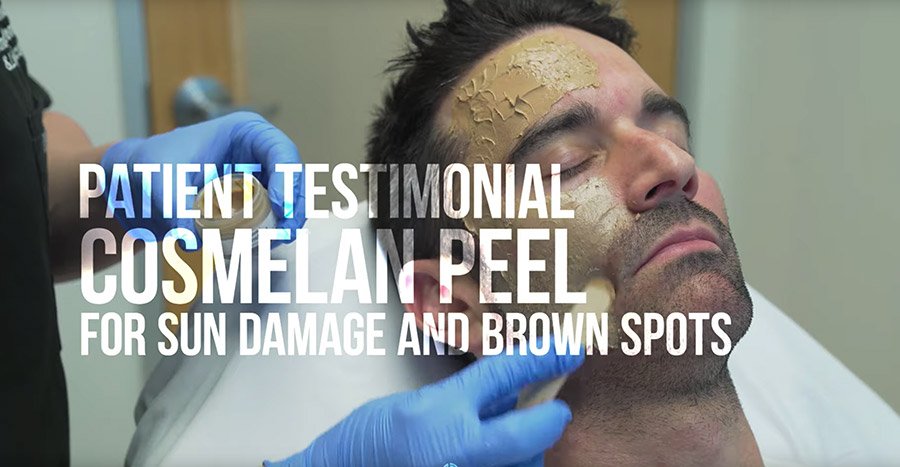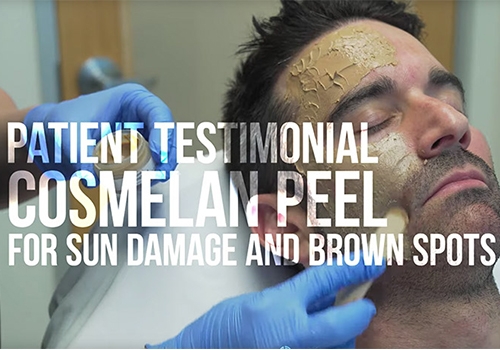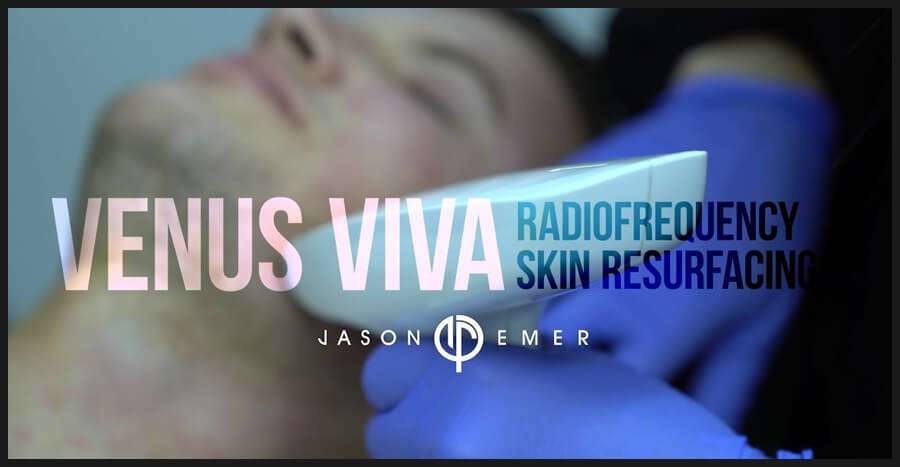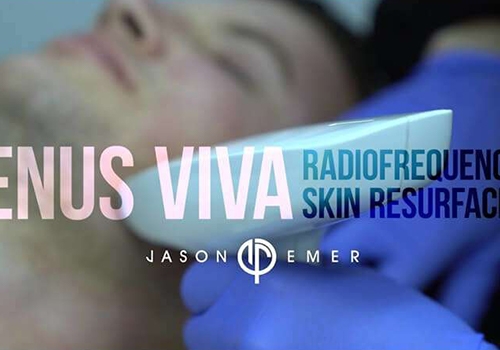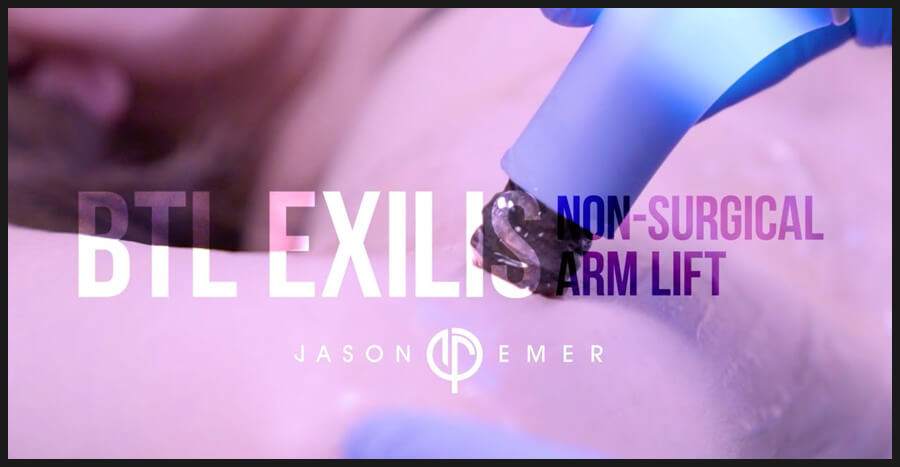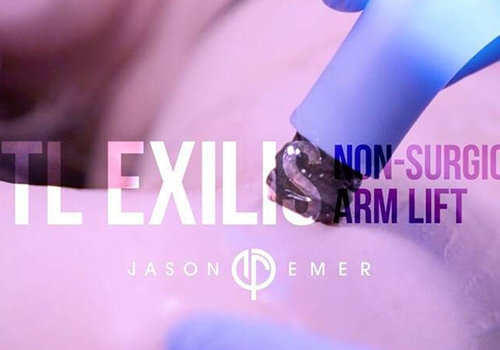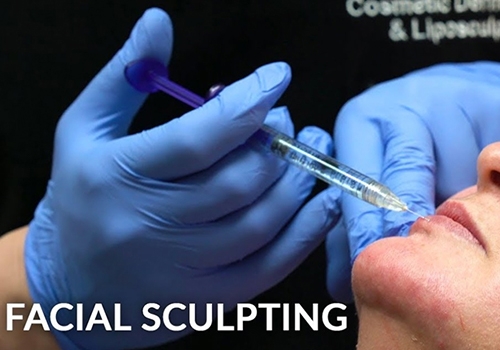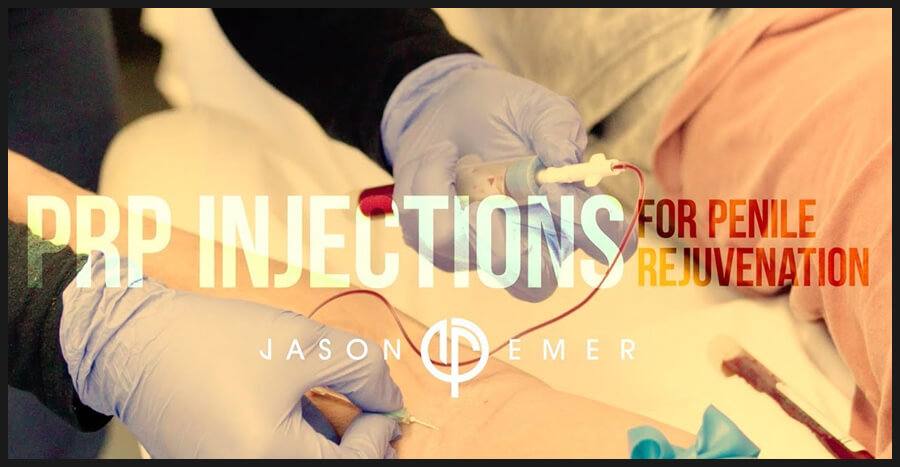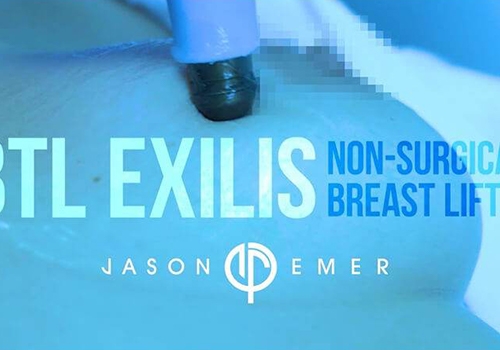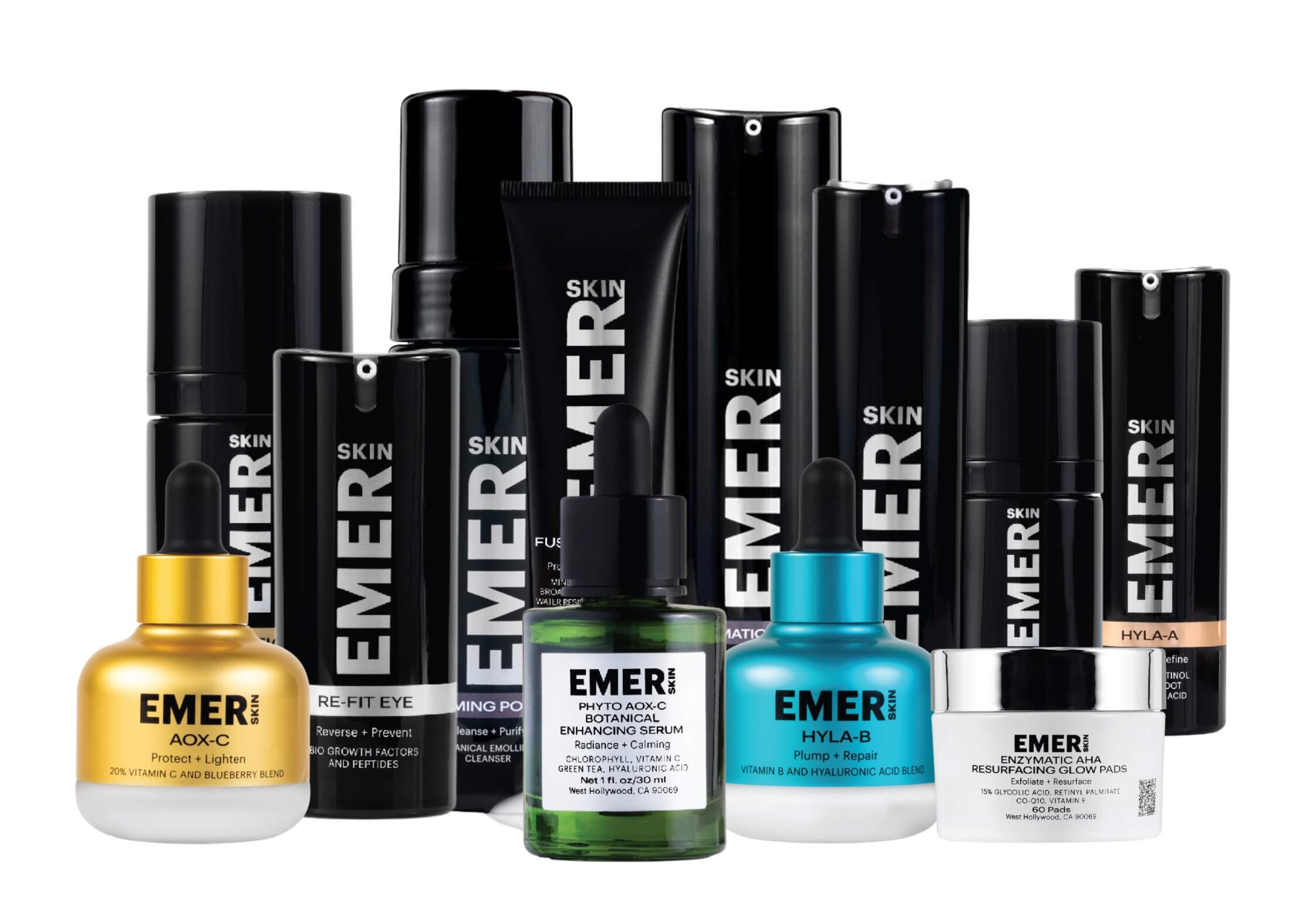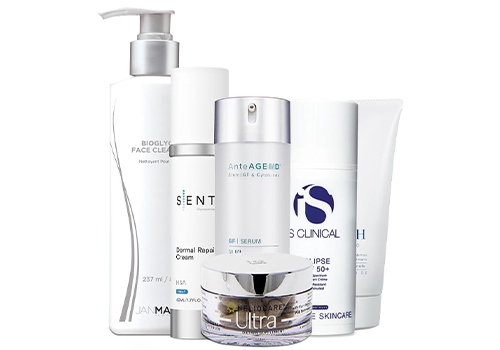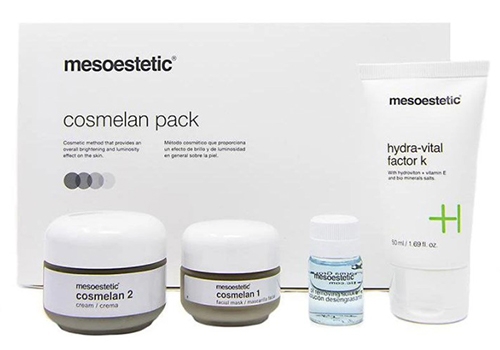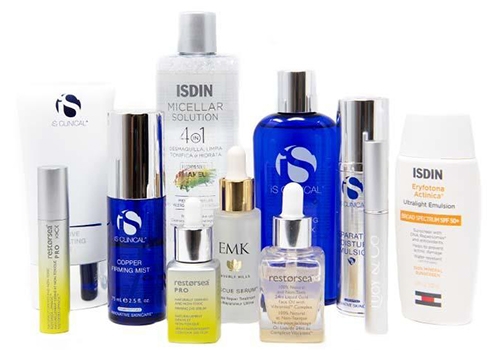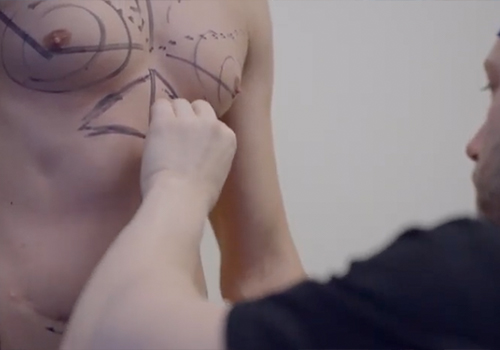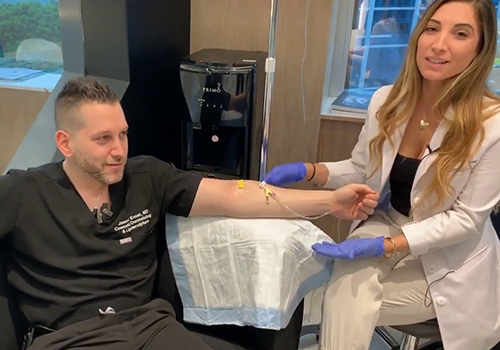The Vampire Facial, also known as PRP (Platelet-Rich Plasma) facial, is a popular non-surgical cosmetic treatment that harnesses the body’s natural healing abilities to improve skin texture and appearance.
Here’s a breakdown:
- Platelet-Rich Plasma (PRP): Blood is drawn from your arm and processed to concentrate platelets, rich in growth factors. Platelets play a crucial role in healing and tissue regeneration.
- Microneedling: A sterile roller or pen with tiny needles creates controlled punctures in the upper layer of your skin (epidermis). This controlled injury triggers the body’s natural healing response.
The Treatment Process:
During a Vampire Facial, the concentrated PRP is applied topically to your face and then microneedling is performed. The microneedling creates channels in the skin, allowing for better absorption of the PRP growth factors. This combination aims to stimulate collagen production, cell turnover, and improve overall skin health.
Pros of Vampire Facial:
- Natural Approach: Utilizes your own blood for a natural approach to rejuvenation.
- Potential Benefits: May improve skin texture, tone, fine lines, and promote a more youthful appearance.
- Minimally Invasive: Less invasive compared to surgical procedures.
- Relatively Quick Procedure: Treatment times are typically under an hour.
Cons of Vampire Facial:
- Limited Scientific Evidence: While some studies suggest benefits, long-term, high-quality research on the effectiveness of Vampire Facials is ongoing.
- Cost: The treatment can be expensive depending on the provider and location.
- Discomfort: The microneedling process can be uncomfortable, and numbing cream is often used.
- Downtime: You may experience redness, swelling, and possibly some pinpoint bleeding after treatment, typically resolving within a day or two. Sun protection is crucial afterward.
- Not for Everyone: People with certain blood conditions or who take blood-thinning medications might not be suitable candidates.
Alternatives to Vampire Facial:
- Microneedling: Can be performed without PRP for a less expensive option, although results might be less dramatic.
- Laser Treatments: Offer various laser technologies to address wrinkles, improve skin texture, and stimulate collagen production. Downtime can vary depending on the laser used.
- Dermal Fillers: Injectable fillers can add volume and smooth wrinkles, but require repeat treatments over time.
- Skincare Products: While not as dramatic as procedures, using high-quality skincare products with ingredients like retinol or peptides can promote collagen production and improve skin health over time.
Recovery Time:
Vampire Facial has minimal downtime. You might experience some redness, swelling, and possibly some pinpoint bleeding after treatment, typically resolving within 1-2 days. Sun protection is crucial to prevent hyperpigmentation.
Disclaimer: This information is for general knowledge only and does not substitute for professional medical advice. Always consult a licensed dermatologist or esthetician to determine if a Vampire Facial is the right option for you and to discuss potential risks and recovery expectations. They can assess your individual needs and recommend the most suitable treatment plan.
